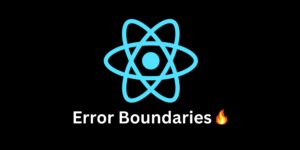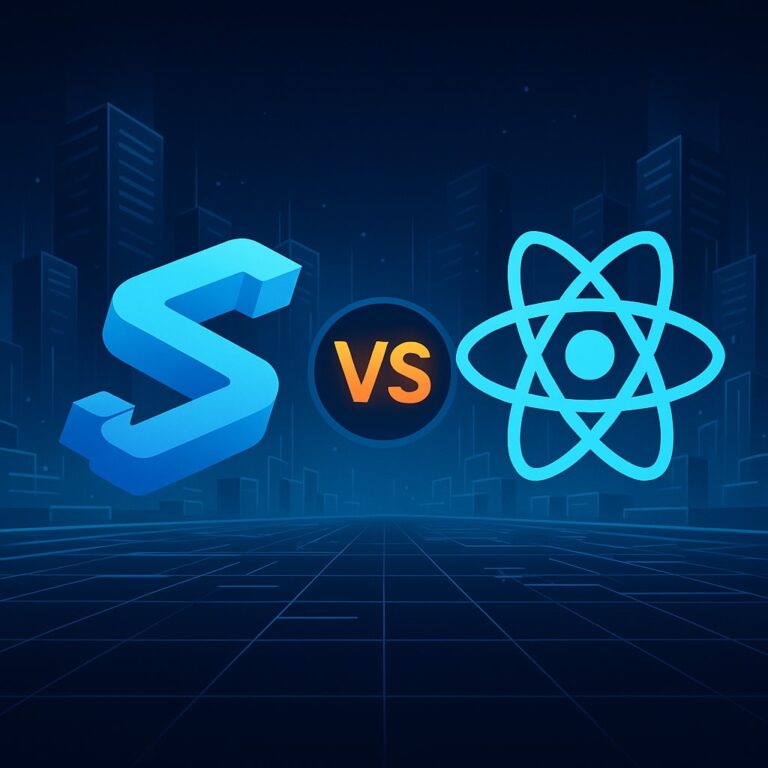In the dynamic landscape of software development, the evolution of programming languages plays a pivotal role in shaping the technological future. As we step into 2024 and beyond, a wave of innovative languages is poised to revolutionize the way developers approach coding, offering unique features and capabilities. Let’s explore 10 of these programming languages and their potential impact on the realm of software development.
1. Rust
Rust, known for its emphasis on safety, concurrency, and performance, continues to gain traction. Its memory safety features prevent common programming errors, making it an ideal choice for systems programming, game development, and building robust, secure applications.
2. Dart
With Google’s backing, Dart has emerged as a versatile language for web and mobile app development. Its Flutter framework simplifies cross-platform development, enabling developers to create seamless, high-performance applications for various platforms with a single codebase.
3. TypeScript
TypeScript, an enhanced version of JavaScript, has witnessed a surge in adoption. Its static typing capabilities make large-scale application development more manageable, reducing bugs and enhancing code maintainability, especially in enterprise-level projects.
4. Kotlin
Initially recognized as the preferred language for Android app development, Kotlin’s concise syntax, interoperability with Java, and focus on safety have propelled its expansion into backend and web development, promising increased productivity and reliability.
5. Swift
Apple’s Swift continues to evolve as a powerful language for iOS, macOS, watchOS, and tvOS app development. Its modern syntax, combined with speed and safety features, positions it as a frontrunner in the world of mobile and wearable technology.
6. Elixir
Elixir, built on the Erlang VM, excels in building scalable, fault-tolerant, and distributed systems. Its emphasis on concurrency, fault tolerance, and real-time applications makes it an attractive choice for building resilient backend systems.
7. Julia
Julia, renowned for its speed and scientific computing capabilities, is increasingly adopted in data science, machine learning, and numerical computing. Its high-performance features and easy syntax make it a contender for scientific and technical computing projects.
8. Raku (formerly known as Perl 6)
Raku, with its focus on readability and expressive syntax, appeals to developers working on text processing, web development, and automation. Its versatile nature and strong community support ensure its relevance in various domains.
9. Crystal
Crystal combines the syntax of Ruby with the performance of languages like C. With its static type checking and concurrency features, it’s gaining attention for building high-performance web applications and microservices.
10. Haskell
Haskell’s emphasis on strong, static typing and functional programming paradigms positions it as a language for building reliable, error-free software. Its advanced features make it a favorable choice for complex, mission-critical applications.
Impact on Software Development
These emerging languages bring a spectrum of advantages, from enhanced safety and speed to increased productivity and scalability. They address specific challenges prevalent in modern software development, catering to diverse application domains and developer preferences.
As the technological landscape continues to evolve, the adoption and evolution of these languages will shape the future of software development, offering developers innovative tools to create more robust, secure, and efficient applications.
In conclusion, the landscape of programming languages in 2024 and beyond presents an exciting array of choices, each with its unique strengths, poised to transform the way software is conceptualized, built, and deployed.











